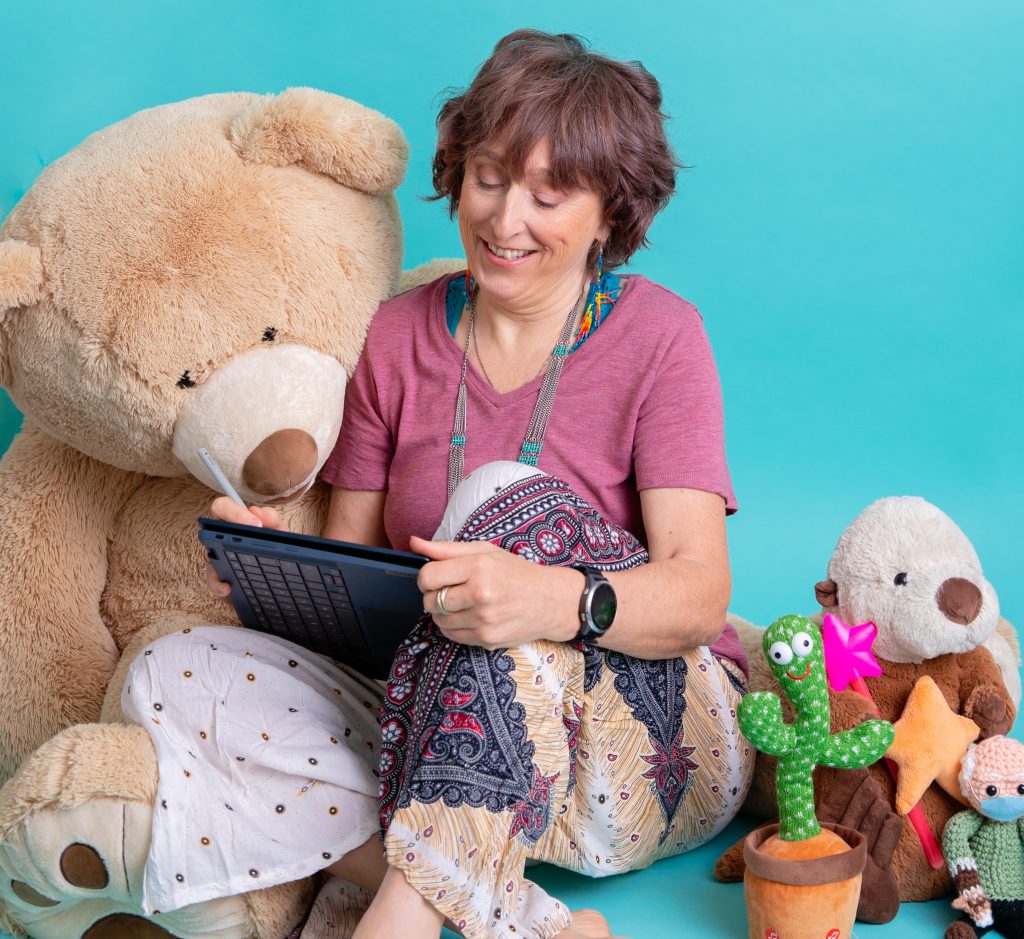When we hear the word, “discipline,” we most often think, “punishment,” as if the two words meant the same exact thing. It’s very important to note that they don’t.
Punishment is a penalty imposed for wrongdoing and punishment can be one method of discipline, but discipline includes so much more than just punishment. The point of punishment is to teach someone what not to do, but the larger goal of discipline is to teach a person what to do.
Discipline includes training, teaching, modeling, giving instructions, demonstrating, setting rules and limits, providing opportunities for practice with and without supervision, providing corrective feedback and positive feedback, rewarding desired outcomes and discouraging unfavorable outcomes.
The more discipline you provide, the less punishment you’ll need to use. Let’s use learning to drive a car as an example.
Every time you drive a car with your kid in it, you are teaching him how to drive. You may not realize you’re doing that, but you are. If, each time you get into the car, you announce that you’re putting your seat belt on and you require all the passengers to do the same, you’re teaching your kid how the driver of a vehicle can make rules for the passengers and insist on safe behavior. If, as your child gets older, you talk through the steps of driving as you motor around town, your child is learning to drive. You might say, “I want to turn right up here, so I’m going to turn on my turn signal, look in the rear-view mirror to see if anyone is in the right lane, check my right side-view mirror to see if anyone is alongside me, then I’m going to do a head check to see if anyone is in my blind spot. I’m also going to look on the sidewalk for any pedestrians or bicyclists, and I can see that the way is clear, so I’m going to slow down slightly and then turn and accelerate back up to the speed limit when I’m going straight again.”
It may seem weird to say all that stuff out loud, but it is training. It’s teaching. It’s modeling. It’s, believe it or not, discipline.
Then let your new driver behind the wheel, and allow him to practice, with your supervision, and your feedback for many, many, many hours. Practice in safe locations so that you don’t have to give a lot of corrective feedback and can, instead, give more positive feedback as your child gains confidence behind the wheel. Make sure you really praise your teen when he is following the rules of the road and when he remembers multi-stepped sequences like steer, brake, park, turn off lights, and turn off ignition.
Modeling driving for your child from the time they first ride in a car until they get their learner’s permit is a form of discipline. Giving them feedback about your own driving decisions is a form of discipline. Allowing them to practice driving with your supervision and comment is a form of discipline. None of that is punishment.
Therefore, it is completely possible for you to discipline your child so that he becomes a safe and confident driver without ever having to punish him.
Why, then, does the child’s using the car generally result in so much punishment? It generally comes from the child’s misuse of the car or of his driving privileges. The teen stays out too late, has too many people in the car, goes somewhere he didn’t ask to be, drinks or uses drugs when he drives, or drives too fast. Those, of course, are offenses, that warrant punishment – a temporary loss of driving privileges, but each of those behaviors can be headed off at the pass by disciplining a child appropriately before he even gets near driving age.
Before a child even gets his learner’s permit, he needs to be disciplined to come home on time, to observe safety rules, not to use alcohol or drugs, and to obey laws. The time to teach those lessons is well before he gets behind the wheel of a deadly 2-ton steel machine. Those lessons are best taught before the child is even 12 years old, and they are best taught through discipline, not punishment.
Remember discipline is setting an example children can follow, talking with them about the choices you make and why you make them. It is allowing them to try out behaviors while you are watching and can give positive feedback about their successes. Discipline is providing safe spaces for kids to practice behaviors where their mistakes will not be of huge consequence. Discipline is setting rules and enforcing limits in a kind, yet firm manner. Again, the more discipline you do first, the less punishment you have to do later. Dare to discipline your children, and save yourself a lot of headaches later.




